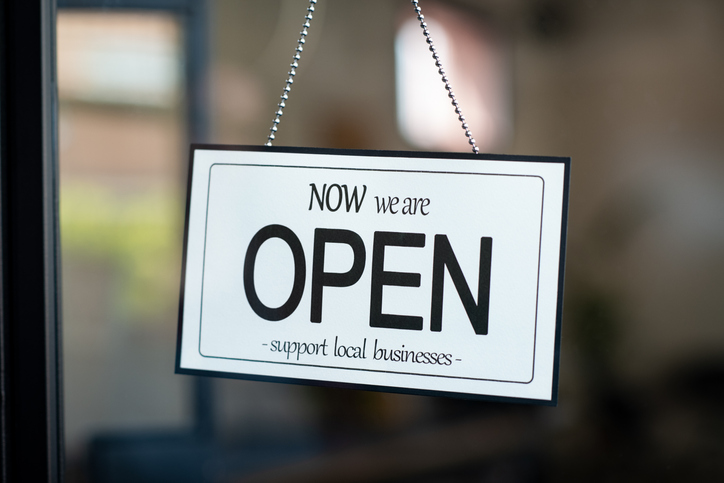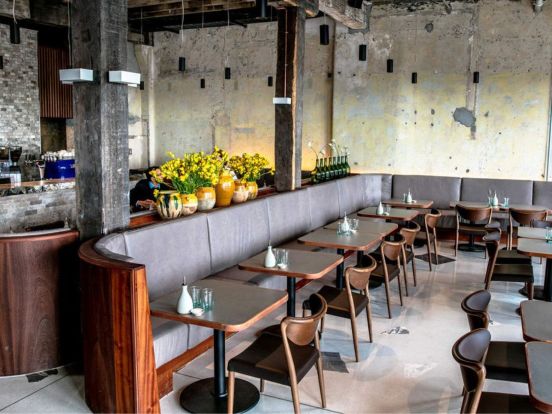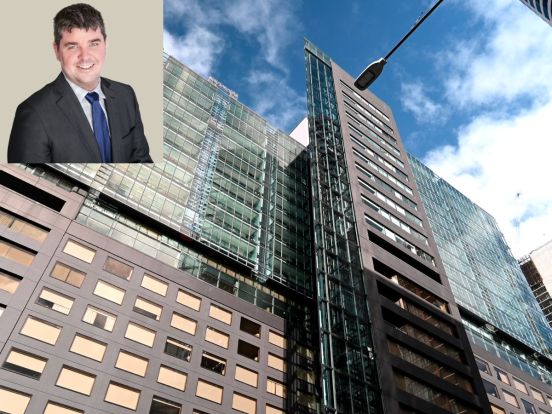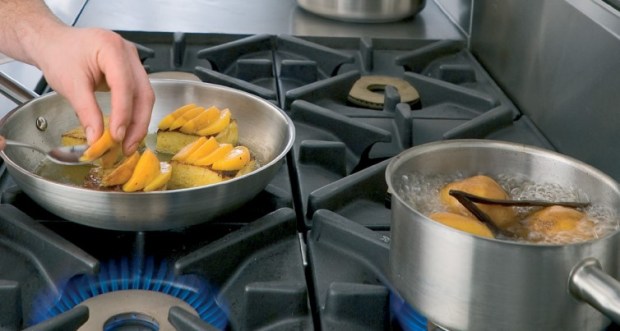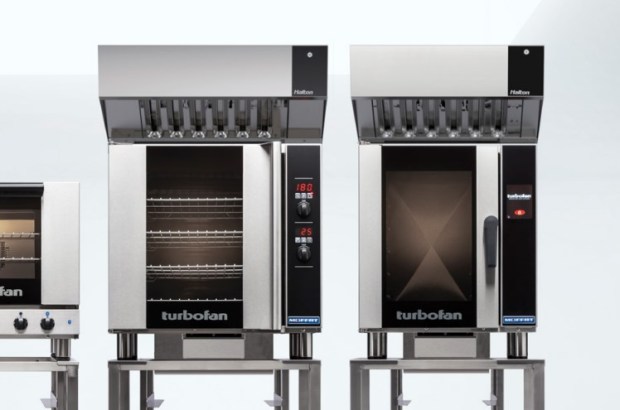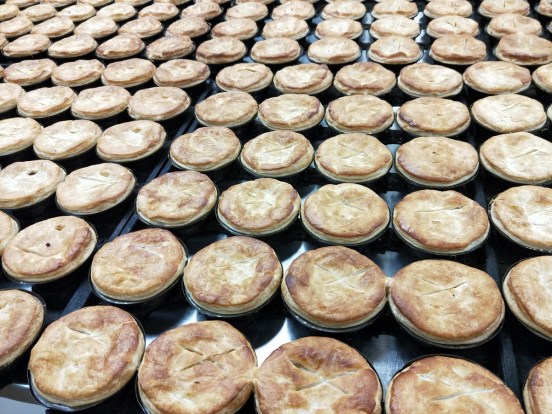New Zealand could be moving down to level 2 as early as next Wednesday, May 13.
But how will this work for the hospitality sector?
Prime Minister Jacinda Ardern has revealed new details today (May 7) with three S’s that will apply to the restaurant and cafe sector. Firstly all patrons must be Seated with no more than 100 patrons allowed. Secondly tables must be Separated in order to maintain safe distancing, and thirdly patrons must be served by a Single Server with table service offered only.
These measures are designed to enable contact tracing to be managed more easily and the Government is looking at various digital and manual systems for recording information. Outdoor gatherings for level 2 including weddings and funerals will be limited to 100 people, reduced from the original 500 limit.
After more than a month of inactivity, New Zealanders are being urged to prepare to play it safe at level 2. The tourism industry is optimistic as most businesses will be able to reopen and domestic travel restrictions are expected to ease.
The Restaurant Association says it is finalising level 2 guidelines and working with WorkSafe and MBIE.
“Wwe are involved in writing the guidelines. From what we understand at this stage it will look similar to the previous alert level 2,” said association chief executive Marisa Bidois.
This would include reopening shop fronts to allow people to dine in but at a 2m distance from other diners.
“This would mean fewer tables to allow for adequate space between diners,” she said.
“We also expect there to be logs of all diners. At the moment we don’t know whether the restaurants themselves will be required to keep contact-tracing information or whether this will come in the form of a contact-tracing app from government.”
Bidois said that even though restaurants had been allowed to open for takeaways at level 3, it has not been a silver bullet.
“Most businesses have not been able to fully adapt their offer to takeaway only and it’s only once we can return to dining in that we will see revenues rise for many,” she said.
“That having been said, consumer confidence may still be low and with no tourism, we still expect to see at least a 20 per cent fall out.”
She said it would be a challenge for restaurants to make sure self-distancing and contact tracing worked.
“Reduced room for dining tables and the extra spacing required would continue to put financial pressure on our sector.”
New Zealand Food and Grocery Council chief executive Katherine Rich said under level 2 it would start to become clear how many restaurants and cafes would not be reopening and this would give the food industry a better idea about how much it would lose in terms of revenue and jobs.
“Whether we are level 2 or 1 is not the focus. The journey that food and beverage companies are now on to repair, rebuild and grow will take at least a year.”
Although it is unclear what dining out will be like at level 2, it is likely that diners will be socially distanced and asked to write down names and contact details at bars and restaurants.
The official alert level 2 guidelines state: “All gatherings must record attendees to ensure contact tracing may be conducted if necessary.”
Tourism Industry Aotearoa (TIA) has said at this stage, level 2 does not allow non-essential domestic travel, but it was hoping this will change, saying New Zealanders who can travel safely must be allowed to do so.
TIA chief executive Chris Roberts said: “Safely reconnecting our families and communities is a social and economic necessity. Aviation, accommodation, hospitality, retail and most recreation and tourism activities can all be operated safely under level 2.”
However, should that happen, travellers will have to get used to businesses having track and tracing processes.
“The level 2 guidelines specifically allow for activities like bungy jumping and kayaking tours to resume, but there’s little point opening your business if you can only have locals as customers,” Roberts said.
He said the next few months will be an amazing opportunity for Kiwis to experience the best New Zealand has to offer. That could start at alert level 2.
Simon Cheung, chair of the New Zealand Chinese Travel and Tourism Association, said most of its members were already gearing up for business.
“We have gone from marketing our services online to looking at advertising in local billboards because clearly our customer base has shifted from Chinese tourists to domestic travellers,” Cheung said.
He said many were optimistic that the government will allow domestic travel “because it was the only sensible thing to do”.
“For consumers, I believe pricing will be competitive and it will be the best time for Kiwis to re-discover our own backyard,” Cheung said.
Recreational sports such as boating, fishing, hunting, mountain biking can all start up again under level 2 and public venues such as museums, libraries, cinemas, gyms and pools can also re-open but may be run a bit differently.


